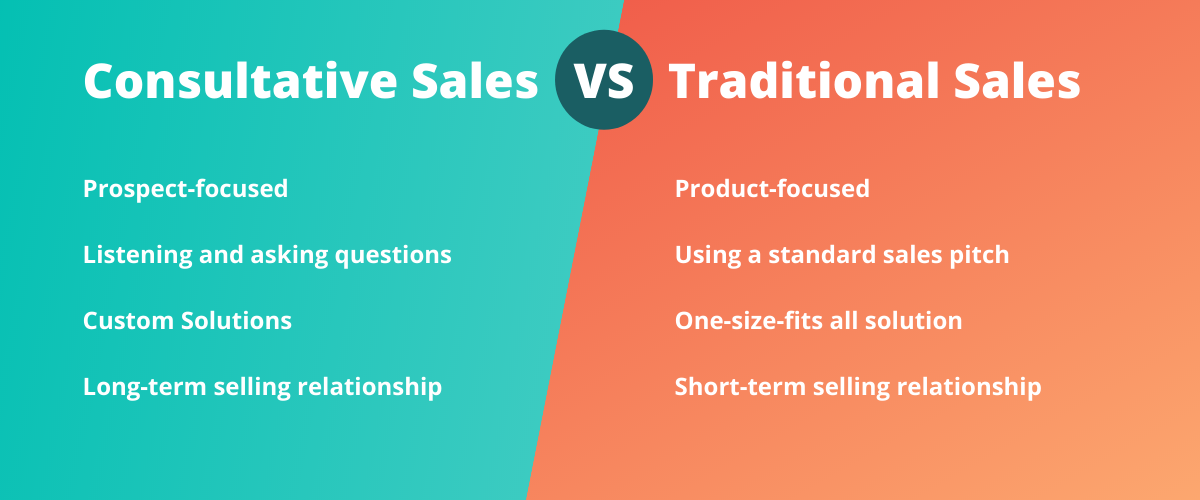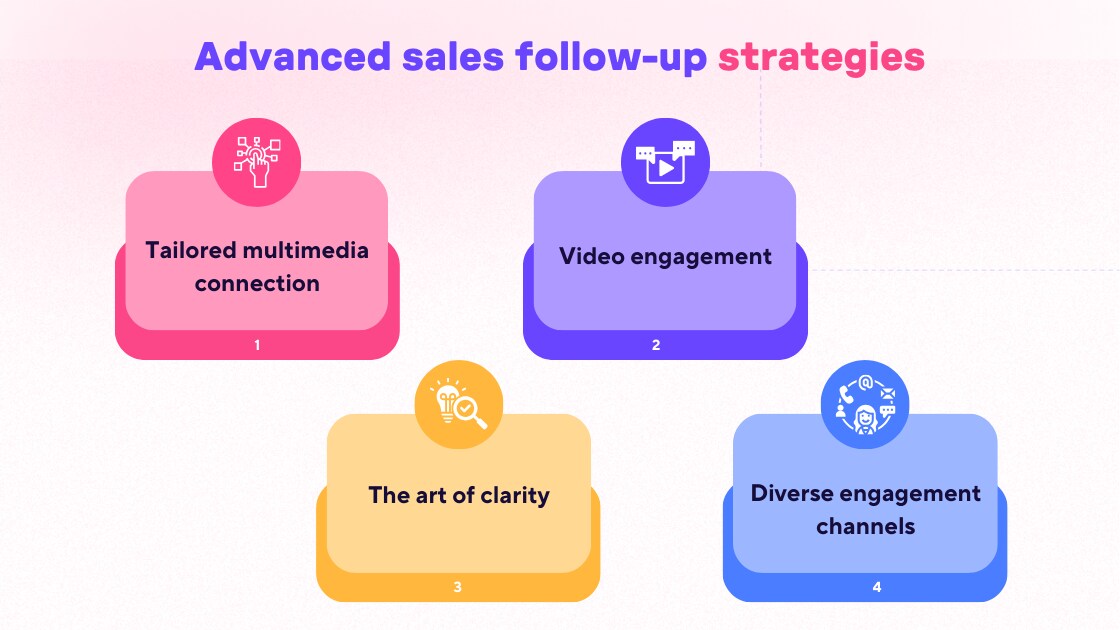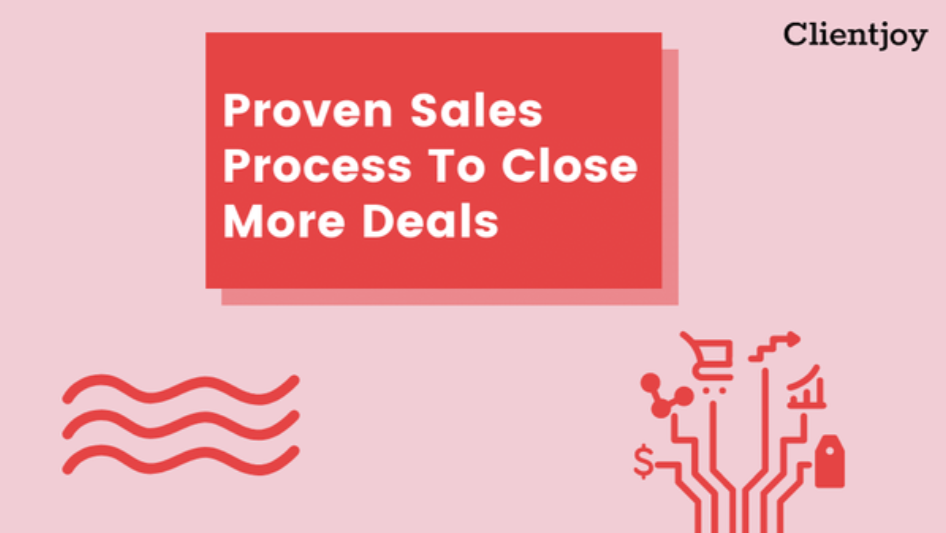Consultative selling is a sales approach focused on understanding a customer’s needs and providing solutions tailored to those needs. Unlike traditional selling, it emphasizes relationship-building over hard selling.
1. Active Listening and Asking the Right Questions
Consultative selling starts with listening more than talking. Ask open-ended questions to uncover the prospect’s real challenges and goals. Some effective questions include:
- “What challenges are you currently facing with your current solution?”
- “What are your primary goals for the next six months?”
- “How would solving this problem impact your business?”
2. Position Yourself as a Trusted Advisor
Instead of just selling a product, act as a consultant who genuinely wants to help. Provide insights, suggest strategies, and educate your prospects to establish trust and credibility. Share valuable industry reports, best practices, and expert opinions to enhance your reputation.
3. Customize Solutions Based on Customer Needs
Every client is unique, and a one-size-fits-all approach doesn’t work. Tailor your pitch to match their specific business objectives, industry trends, and pain points. Offer customized demos, trials, and detailed proposals to show a personalized approach.
4. Focus on Value, Not Just Price
Customers care about how a solution benefits them rather than just its price. Demonstrate the ROI (Return on Investment) of your product or service by showing real-world results. Use data, testimonials, and case studies to illustrate the value your solution brings.
5. Build Long-Term Relationships
Consultative selling isn’t just about making a one-time sale; it’s about fostering long-term relationships. Keep in touch with clients even after the deal is closed and continue offering value through insights and recommendations. Offer exclusive access to new features, updates, and training sessions.
6. Use Data to Back Up Your Claims
Statistics, reports, and case studies add weight to your recommendations. Support your claims with data to build confidence and eliminate doubts. Create whitepapers and industry research reports to reinforce your credibility.




